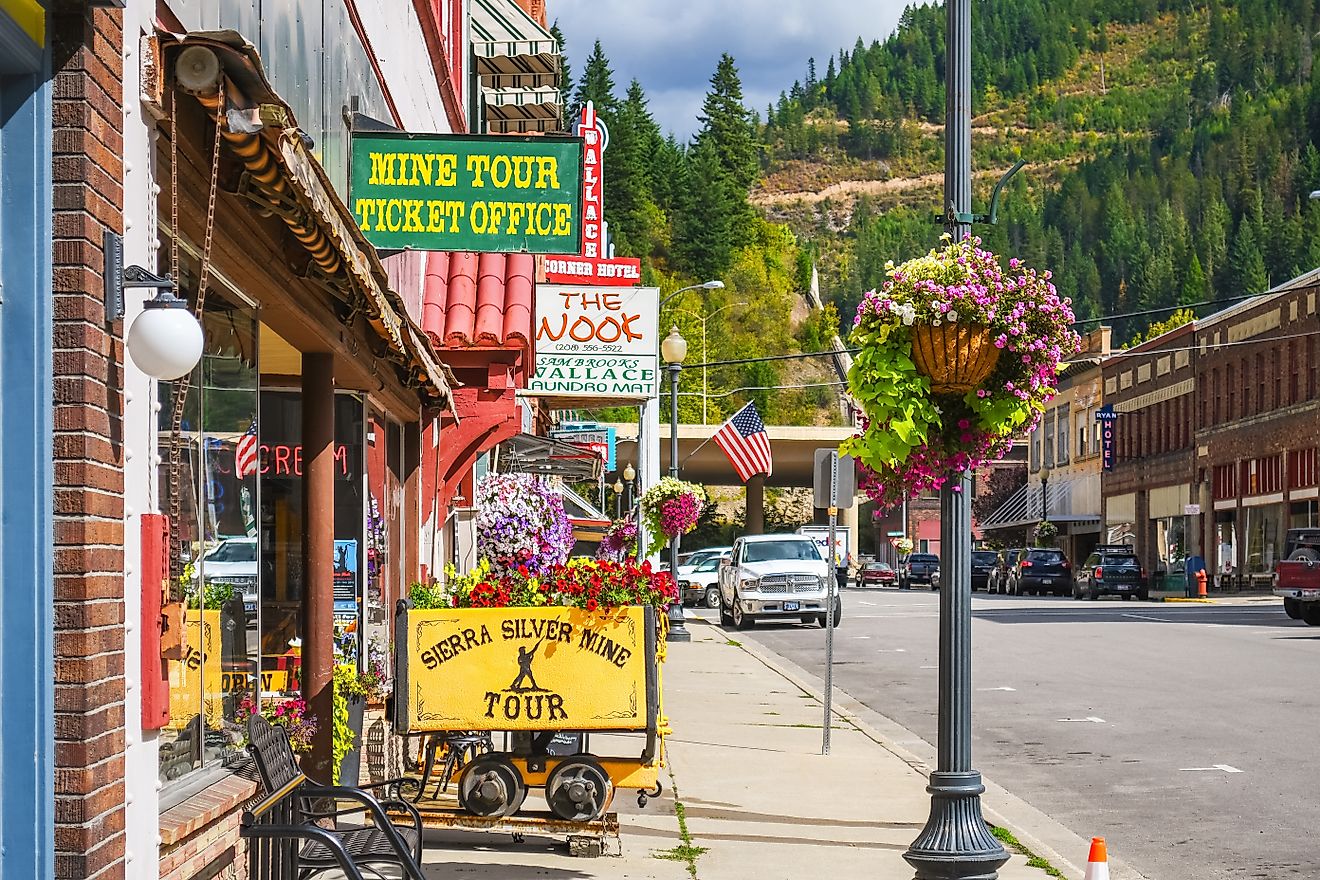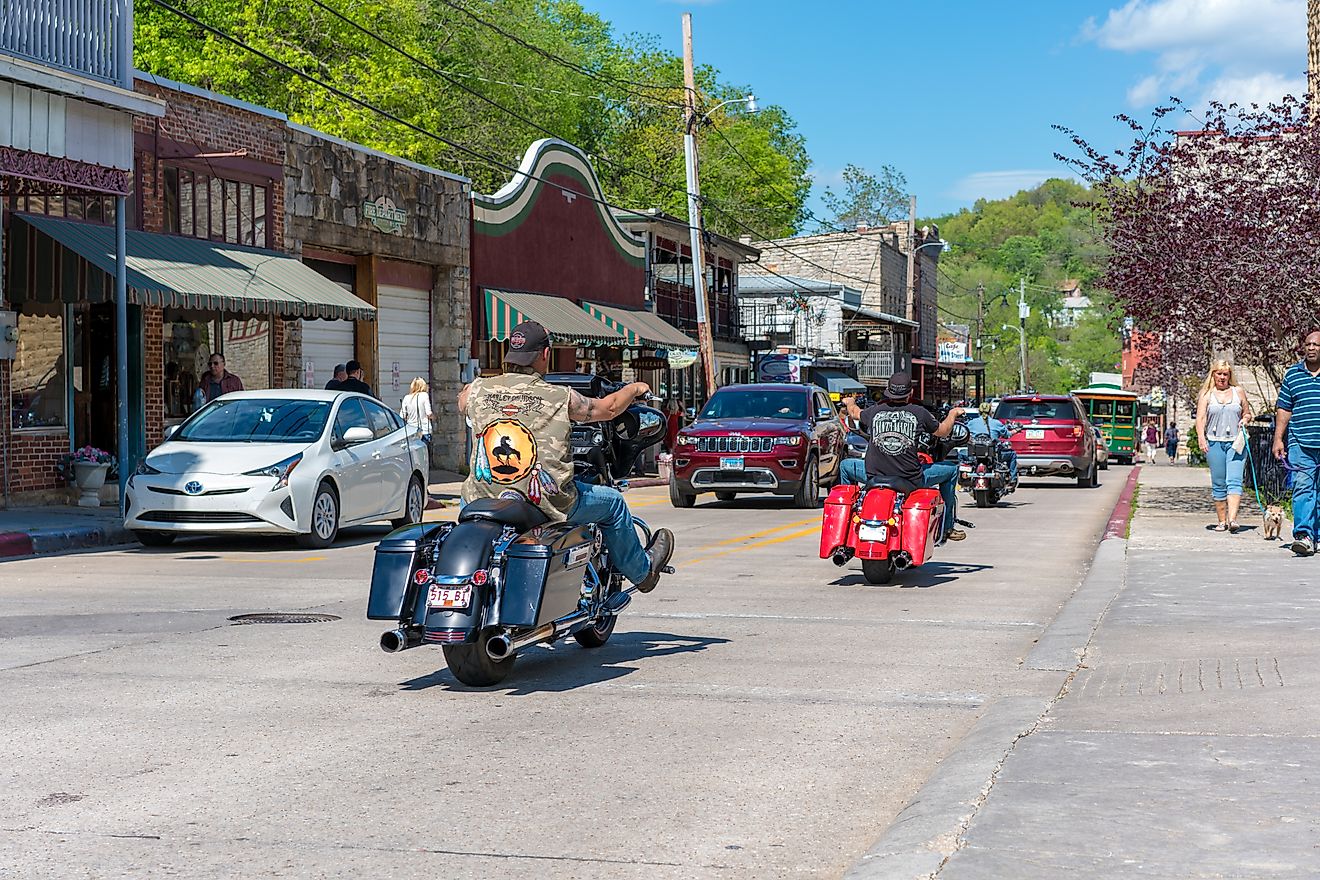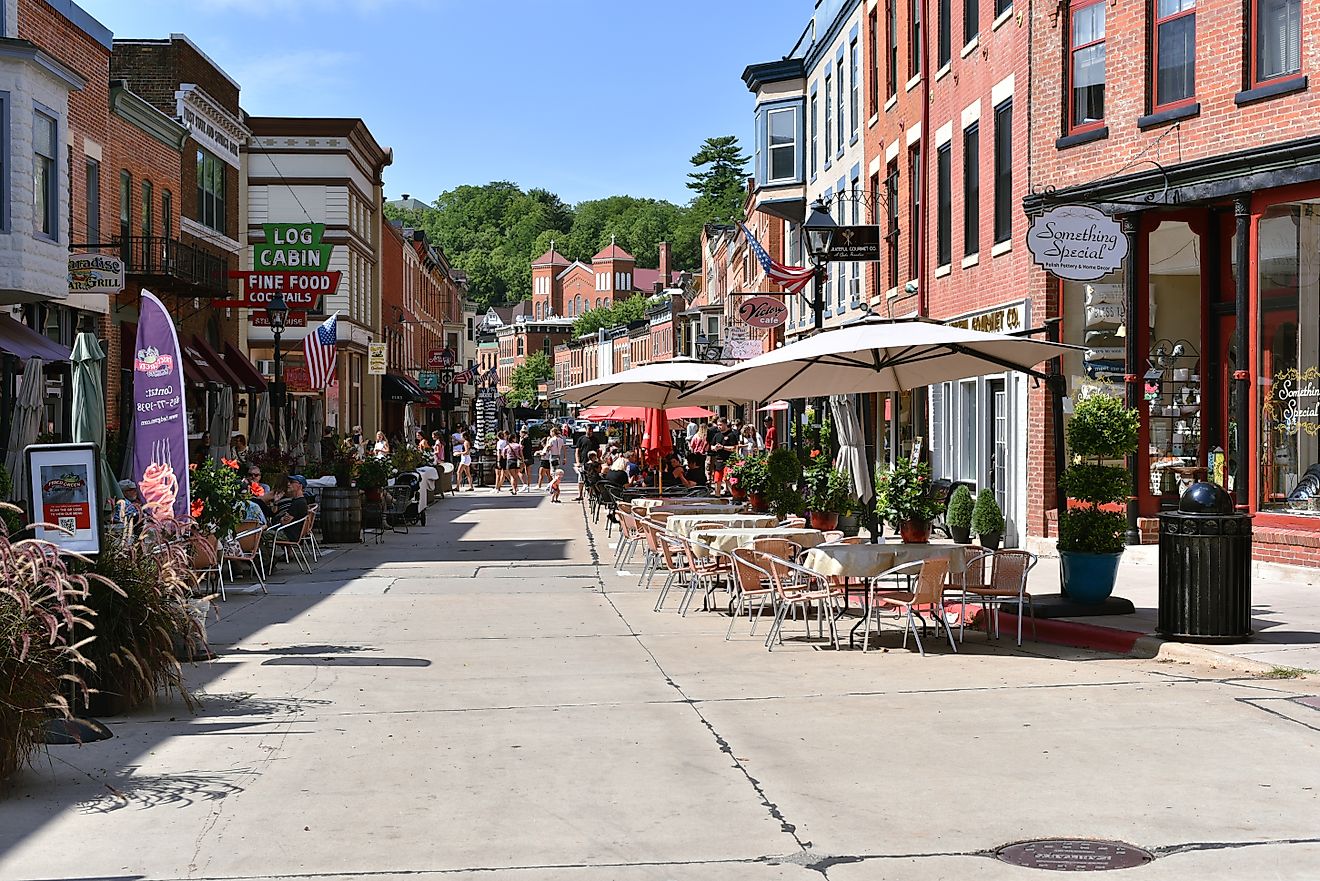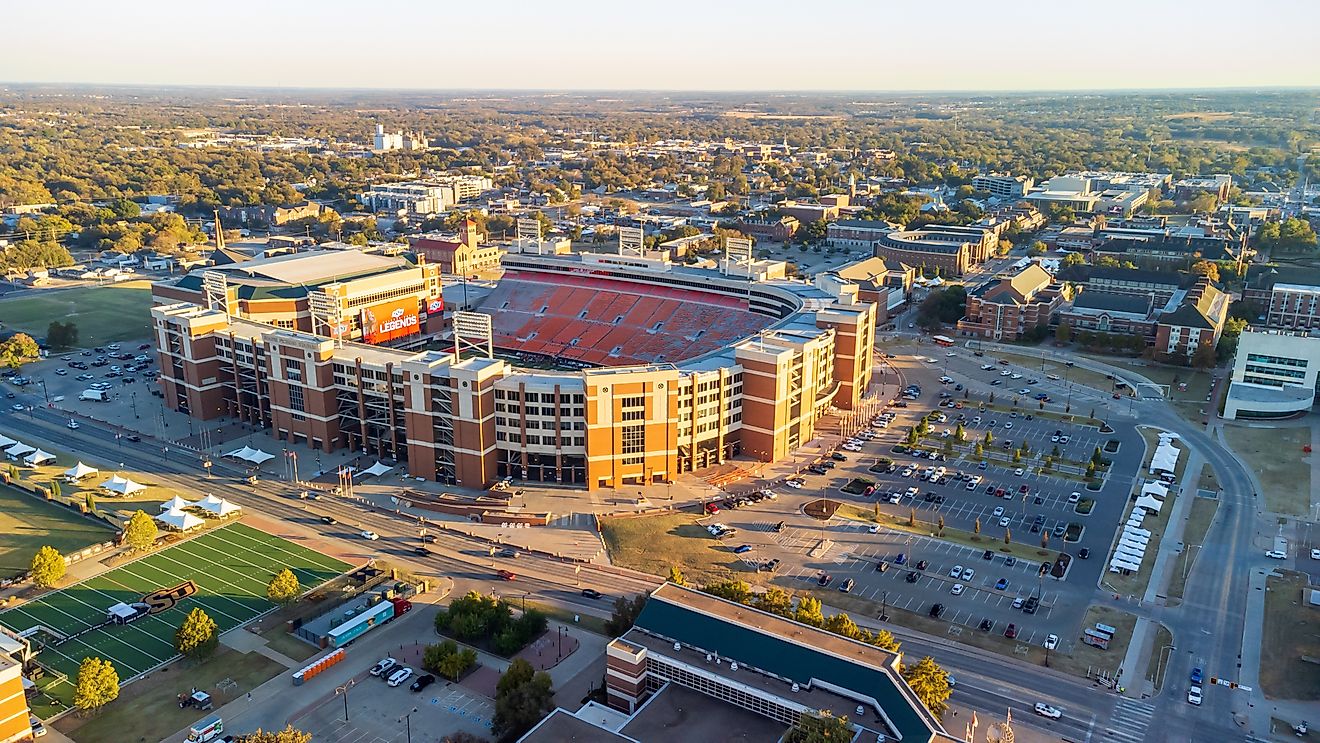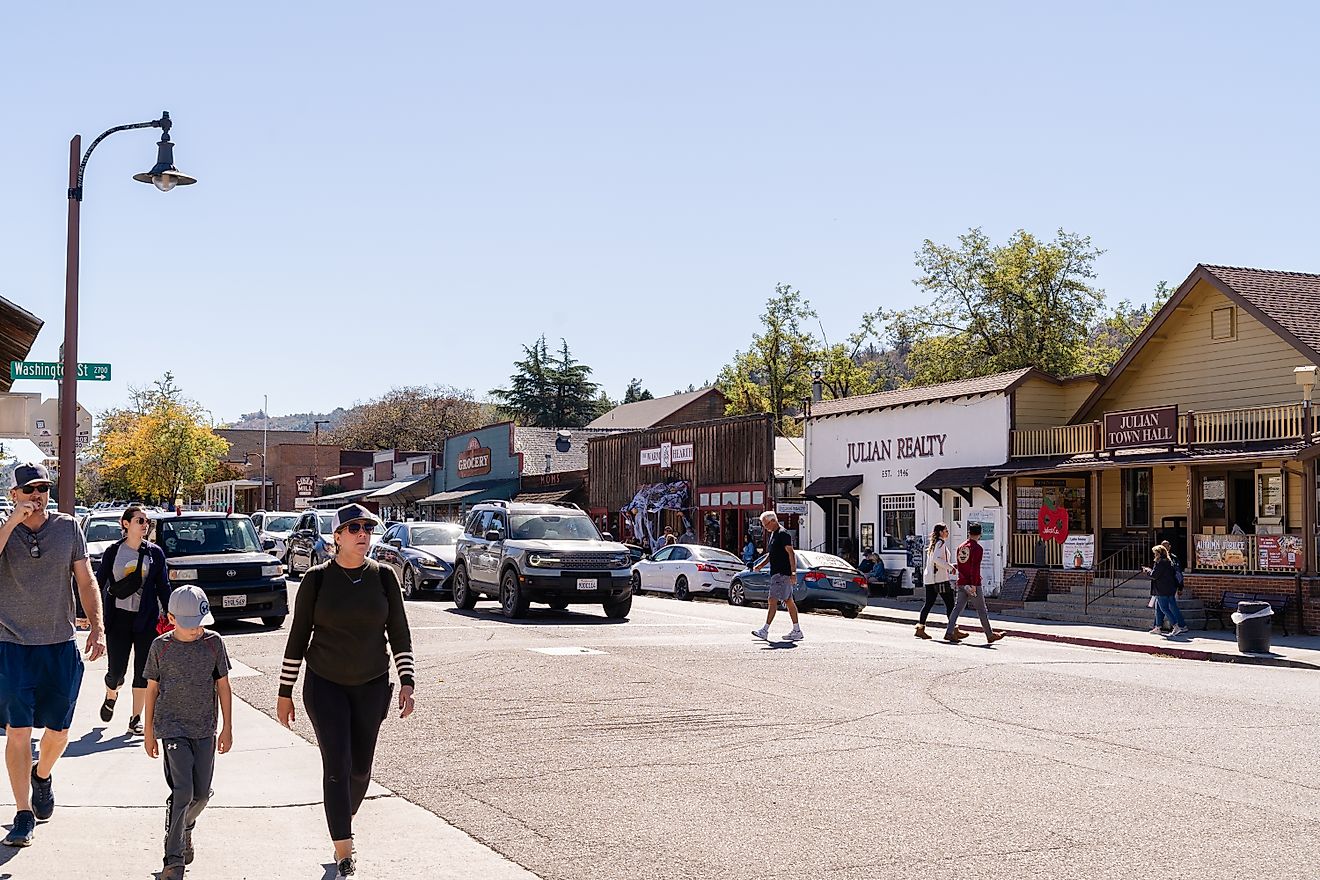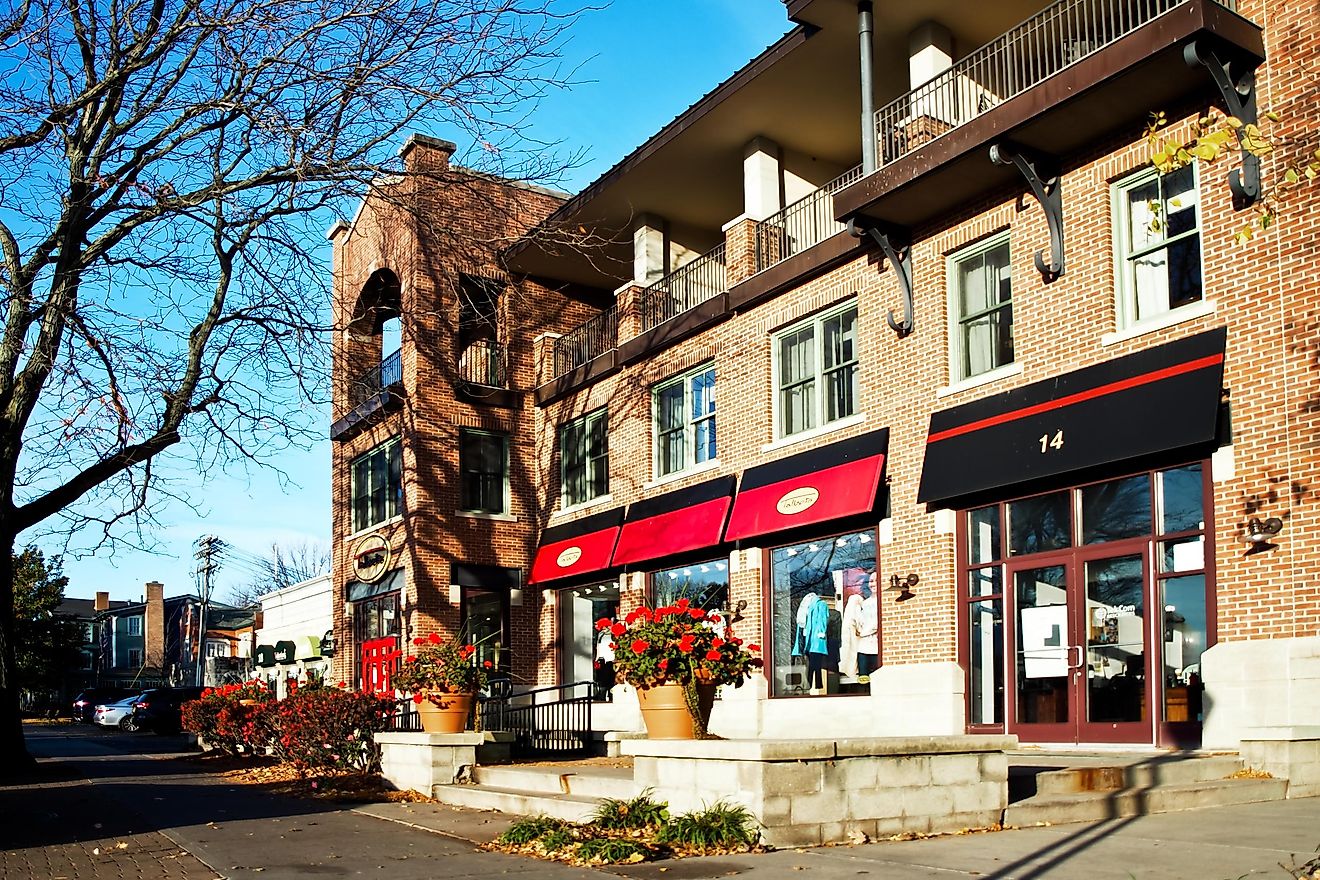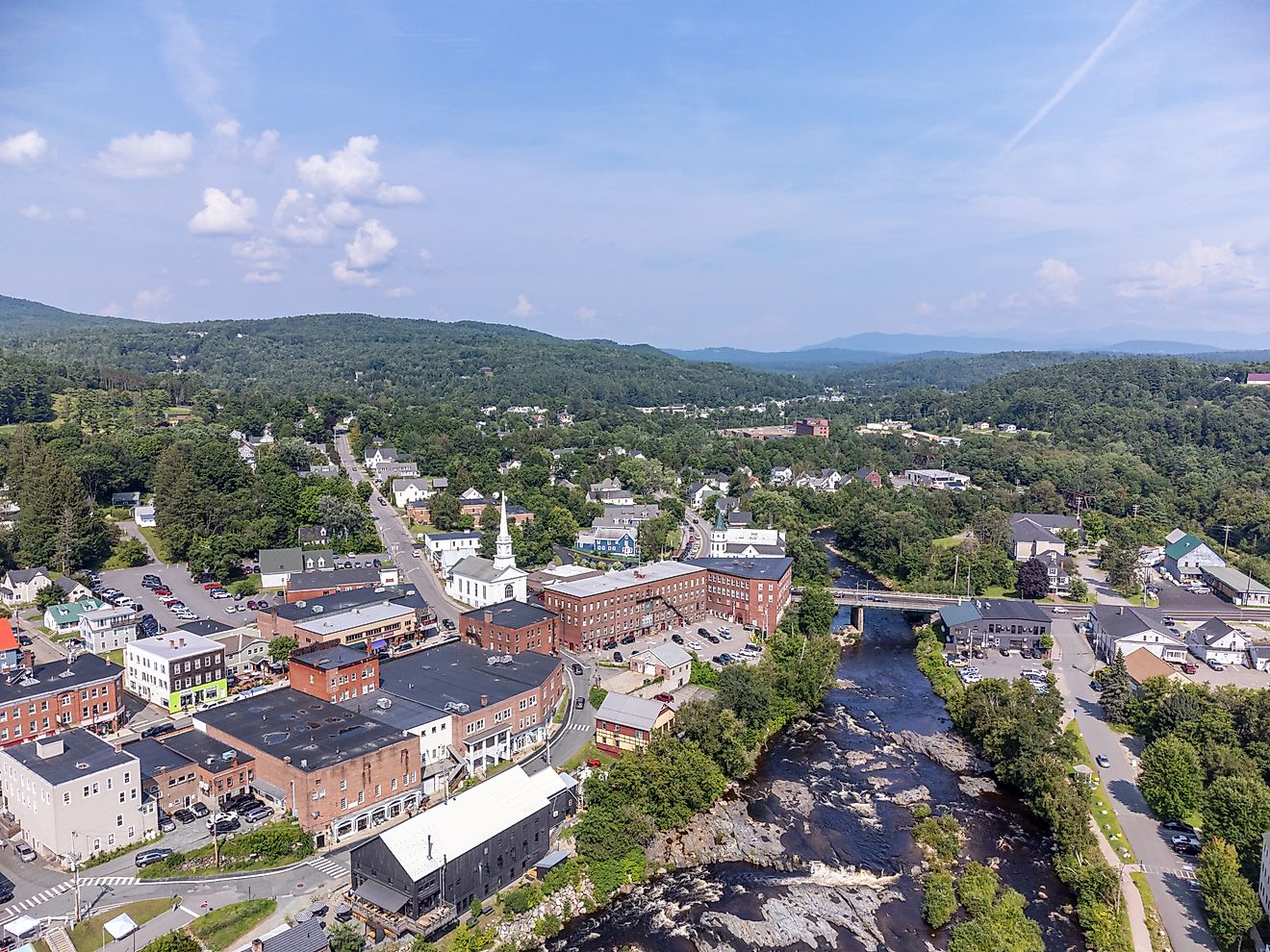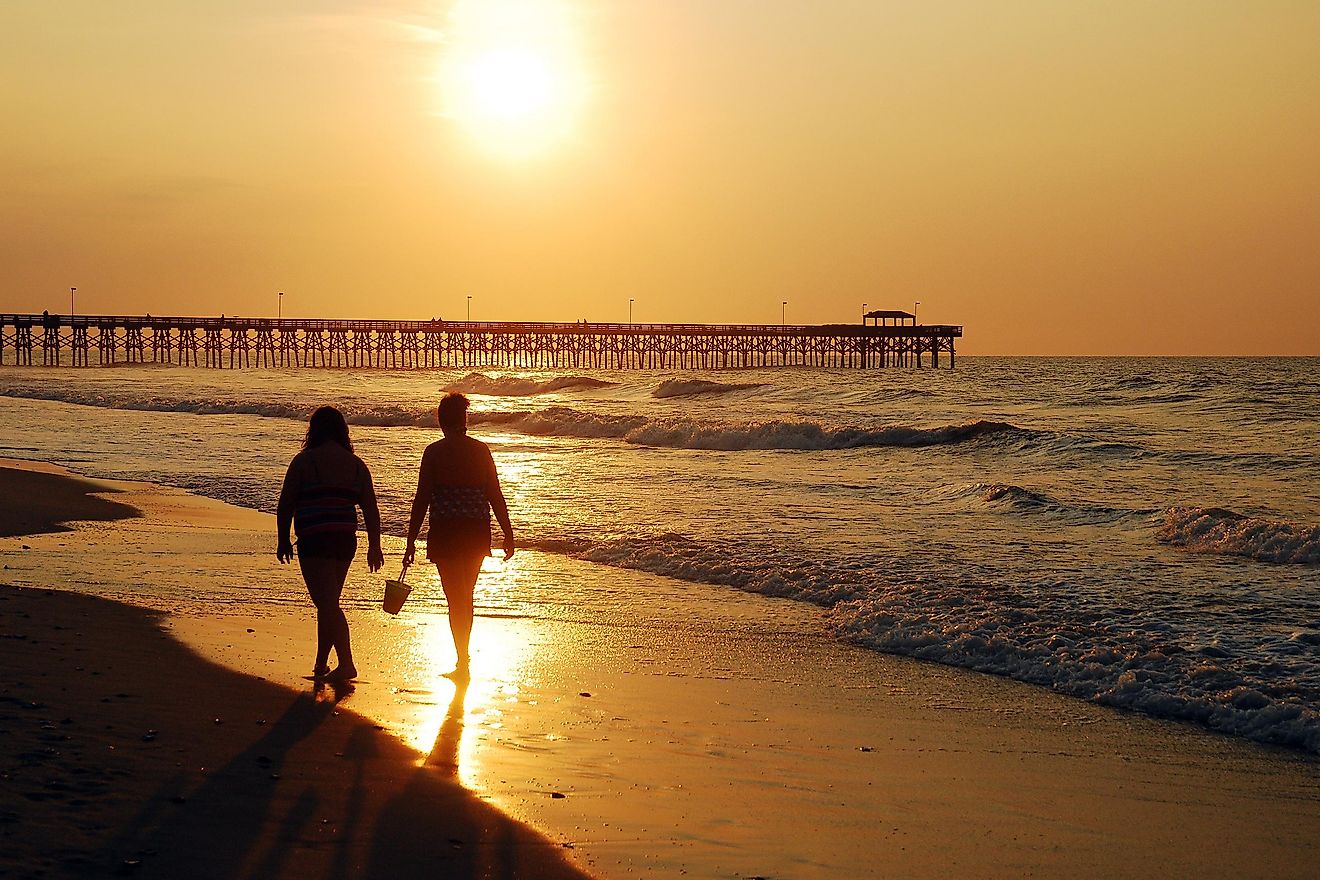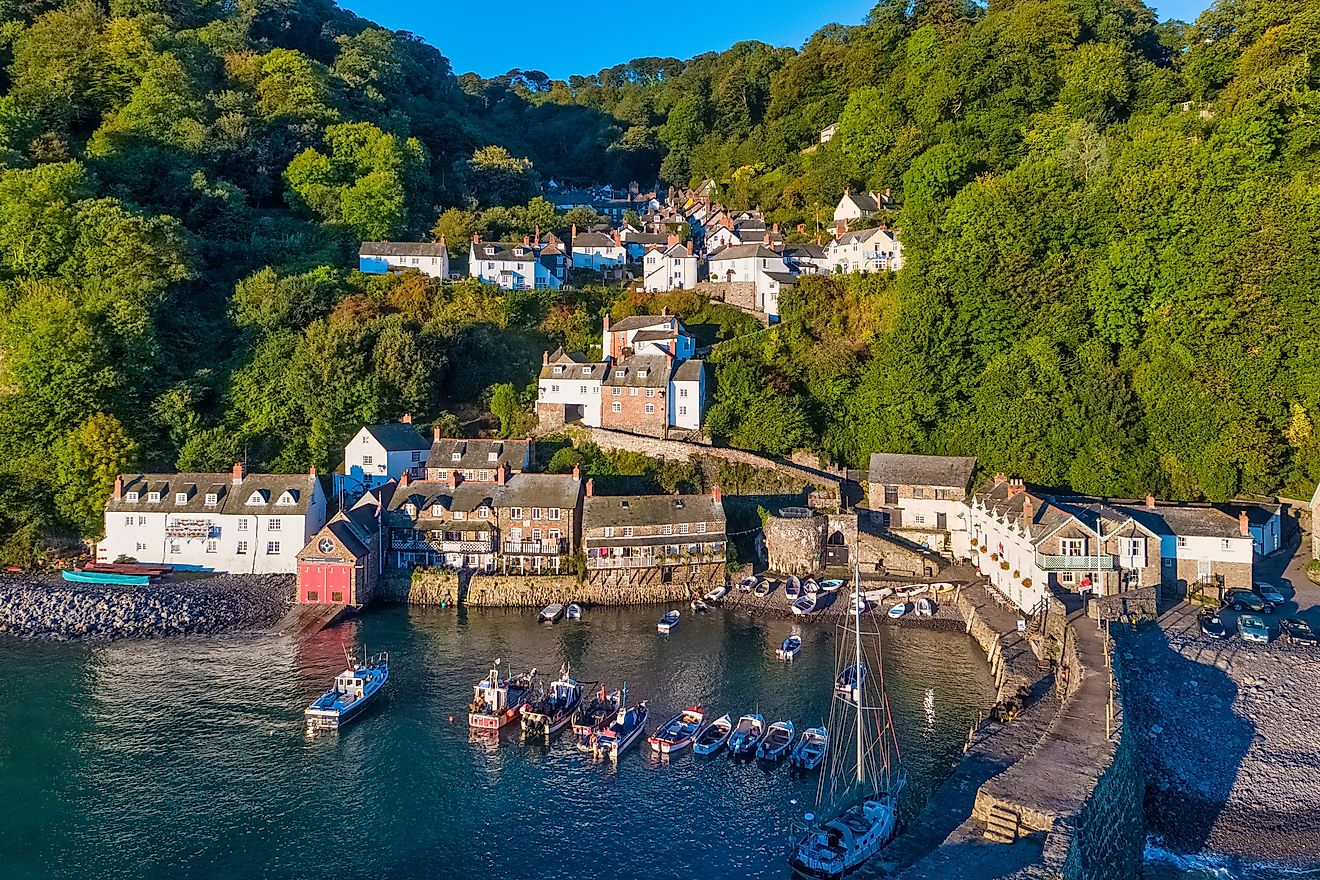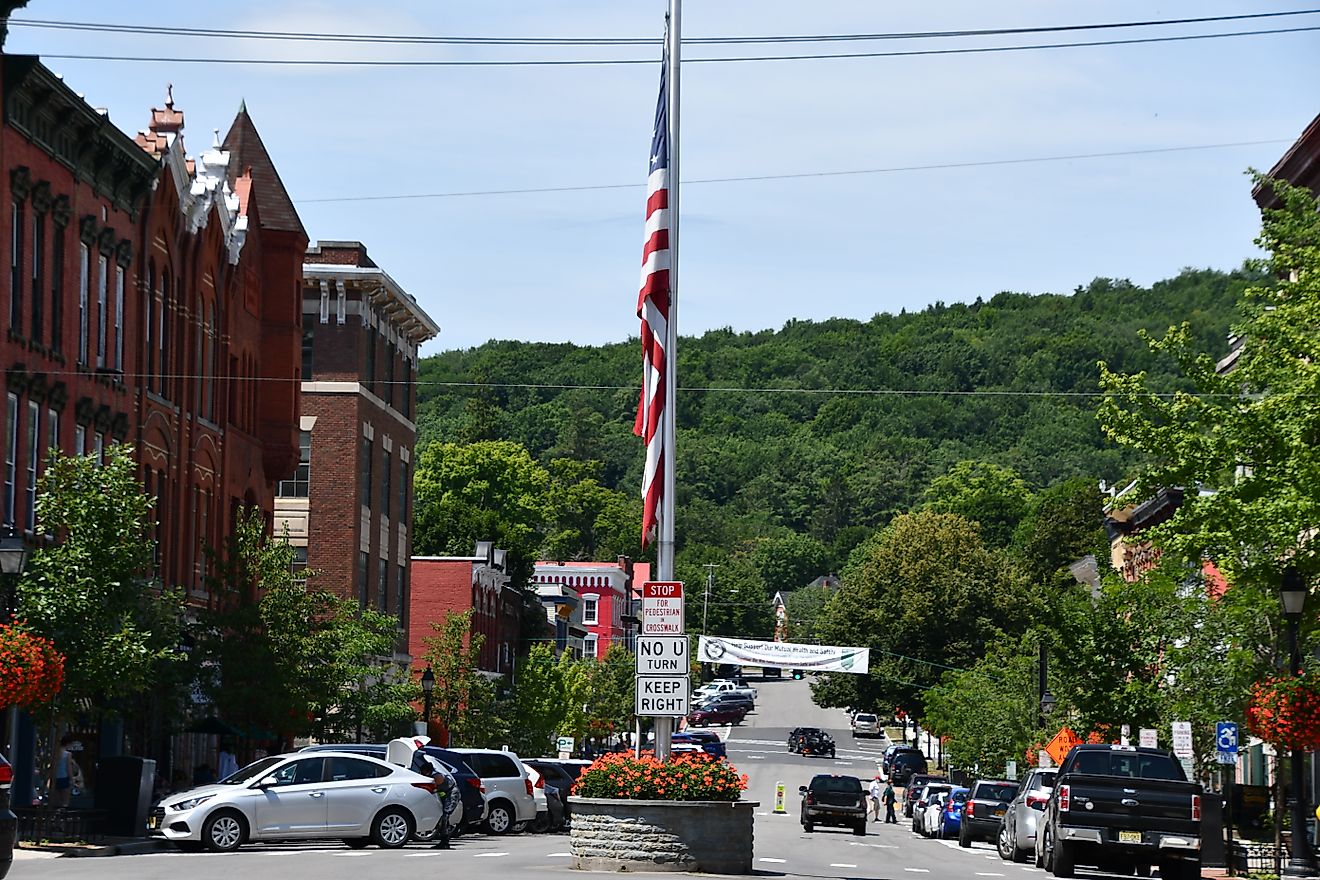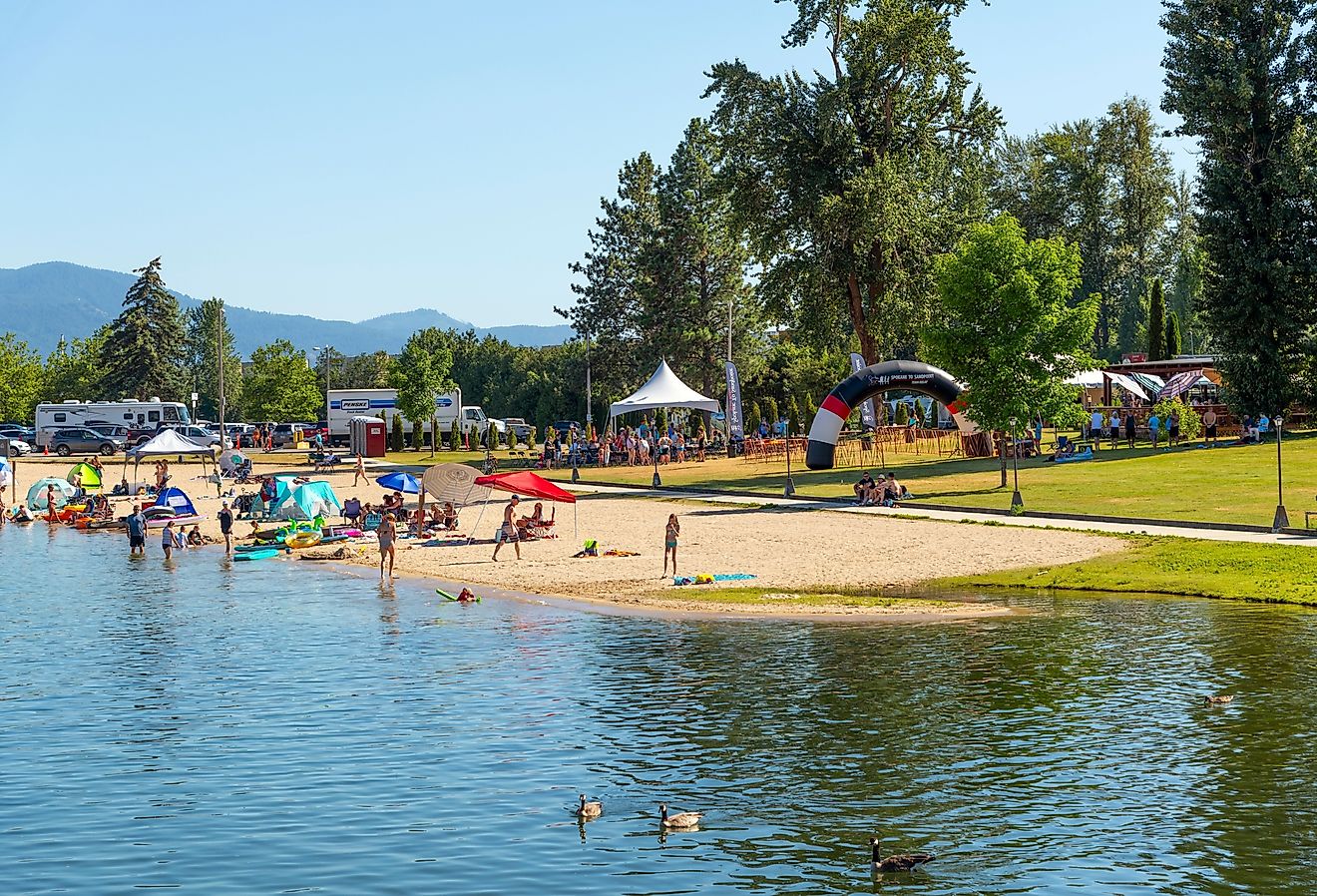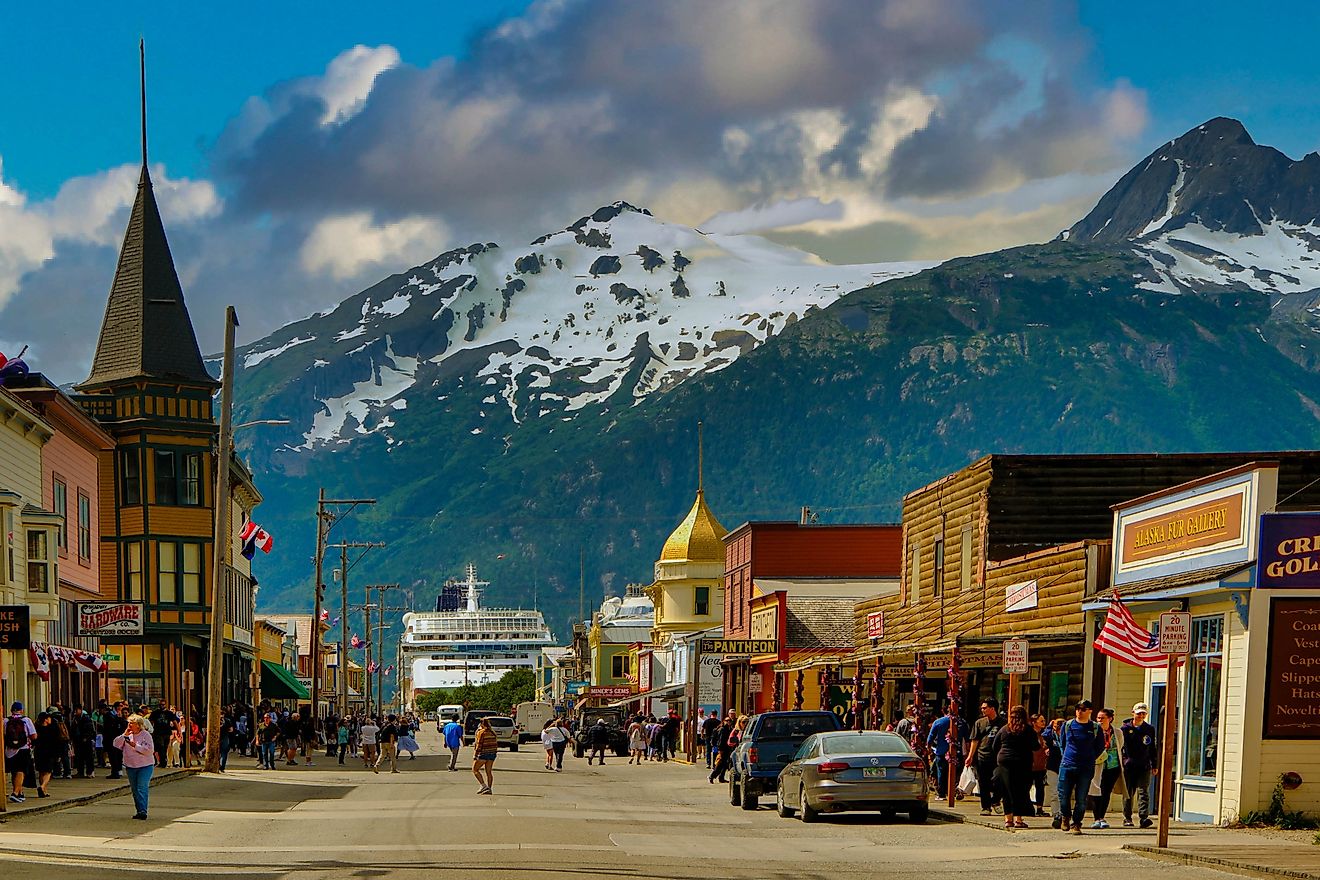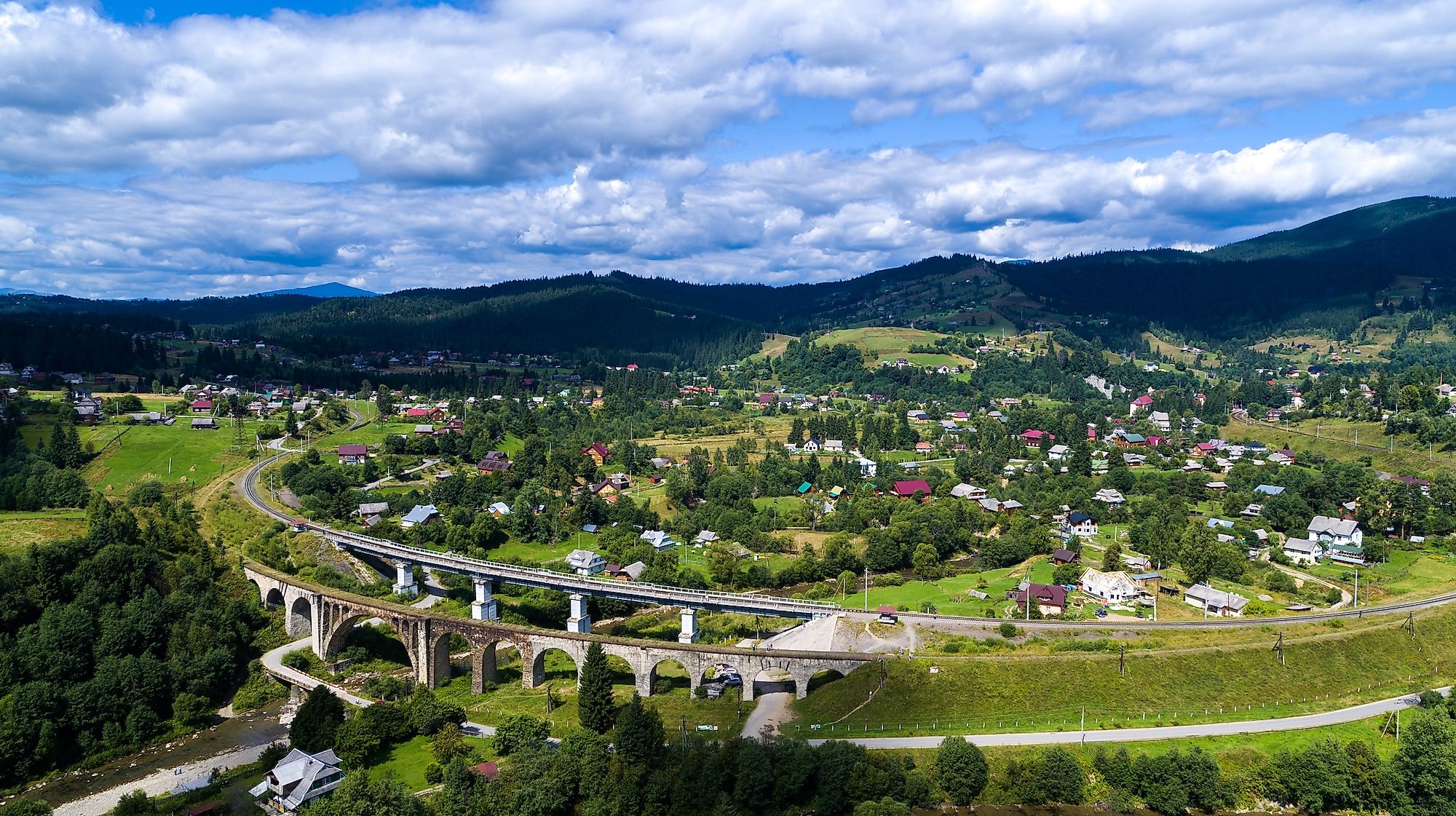
Vorokhta, Ukraine
Surrounded by coniferous and beech forests, Vorokhta is an urban-type settlement in the submission of the Yaremche City Council, set on the Prut River in the Yaremche region, Ivano Frankivsk oblast. A known Carpathian resort and training center for Ukrainian athletes in ski-jumping, biathlon, and ski races, those more in-tune, call Vorokhta the Hutsul capital, while the locals lovingly refer to it as the "Jewel in the Crown of the Carpathians."
Geography Of Vorokhta
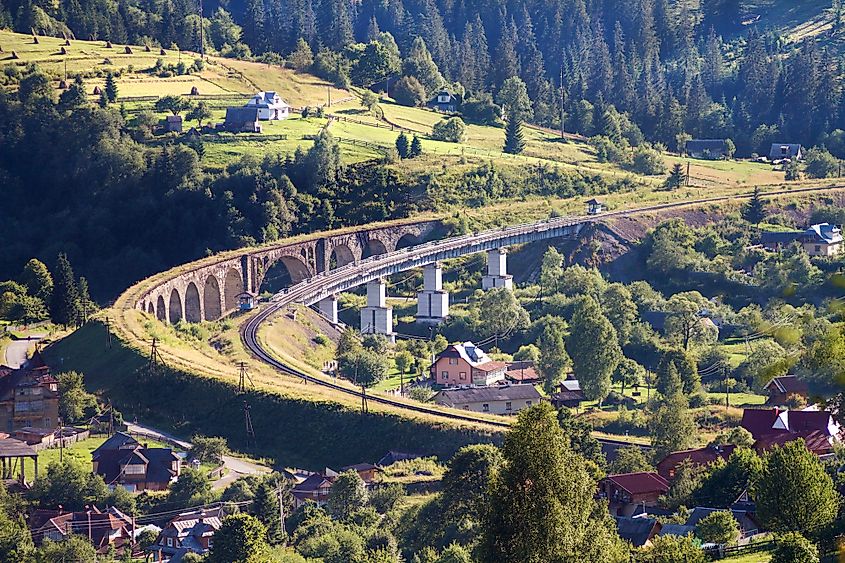
Founded in the 17th century and granted the urban-type settlement status in 1960, Vorokhta lies some 90 km from the Western Ukrainian gem town of Ivano Frankivsk. Fifteen square kilometers in breadth and 800-850 meters above the sea level, Vorokhta is nestled at the foot of the mountain Hoverla, with towering Petros and the second highest peak in Ukraine, Brebeneskul, comprising two other popular climbing destinations in the vicinity. With 4.25 thousand residents, Vorokhta is a known skiing destination with the internationally-recognized Bukovel's slopes also a short drive away. The town began developing with the establishment of the railroad in 1884, with several resort hotels built in the 30s and a mountain ski school in 1957. Today Vorokhta is one of the major getaways into the mountains of the Ivano Frankivsk region for winter sports and summertime activities.
The local population consists of the Hutsul ethnographic group spread throughout the lowest parts of the region's highest mountain range, the Chornohora. Having carried their historical roots, traditions, and culture into the present day, they are known for their hospitable attitude and distinct communication style, among other things. The nearest villages include Verkhovyna (formerly Zhabie), Yablunitsya, and Tatariv. The forests, along with meadows and pastures, cover most of the region, at 70 and 22 percent, respectively. A 7,702 ha Carpathian Nature Reserve was established in 1964 to protect the ecosystem within the Carpathian Biosphere Reserve and Carpathian National Nature Park.
Brief History Of Vorokhta
According to the legend, the settlement was named after the surname of Mikhailo Vorokhta. As a deserter from the Polish army in the XVII century, Mikhailo Vorokhta did not return to the Transcarpathian region where he was born but settled in a new place where his mastery for weaving crafts, charisma, and profound knowledge became famous. People seeking advice from him would say, "I go to Vorokhta," which remained a reference for the whole settlement upon his death.
Archaeological evidence suggests occupation of the area 100,000 years ago, while some locales like Kosiv saw human presence back into the Neolithic Period (6,000–4,000 BC). The first Slavic White Croatians inhabited the region in the first thousand AD, while names of various locales suggest high activity during the Kyivan Rus period and the Principality of Galicia-Volhynia from the 9th to 13th centuries. Historical charters and municipal and land documents from the early 15th century mention Hutsul settlements and monasteries in the region. Dominated and oppressed by Polish magnates and Hungarian nobles, the Ukrainian petty gentry arose in Bereziv, with frequent rebellions taking place. From the mid-16th century to the 1870s, bands of "Opryshoks" acted as avengers of the wrong-doers, a la Robin Hood-style.
The village started to develop as a resort upon the establishment of the railway in 1884, with the first recreation facility opening in 1906 and still in operation under the name" Mountain Air." In 1906, Lviv People's Institute built a teacher's house with rooms for rest, a room of "Enlightenment," and a one-class school, while another school already existed since the second occupation of Western Ukraine by Poland, as well as a native paid school with four years education. Around the time that Vorokhta was officially recognized as a place for tuberculosis and lung disease treatments in 1928, it was also becoming a center for winter sports and tourism.
While the Austrian invested in resorts, the Polish focused on sports, establishing two ramps in 1930 and building a society house, called the "Friends of Hutsulshchyna" in 1921, which included Hutsuls and Polish Hurals from the Polish Tatras. Organizing annual competitions attended by athletes from Norway, Germany, Czechoslovakia, Finland, and other countries, Vorokhta was filled with international guests for entire winters. Unfortunately, the building was burned down from a direct artillery shell hit during the war. With more visitors each year, new rest houses and sports shelters in town, along with rentable apartments in the outskirts, were readily accepting tourists in pursuit of sports, treatment, rest, or hunting. The ski center "Ukraine" and a rest house for sportsmen "Avangard" were built later during the Soviet times.
Hutsuls
With more peasants fleeing serfdom into the mountains during the Austrian rule, over 100 Hutsul villages and 10 noble-owned towns existed in the region by the mid-19th century, where the national awakening of the Hutsuls in the Hutsul region was taking place. Also known as Hutsulshchyna, it is the south-easternmost part of the Carpathian Mountains of Galicia, Bukovyna, and Transcarpathia, in the basins of the upper Prut River, upper Suceava River, upper Bystrytsia Nadvirnianska River, and upper Tysa River valleys. Historically, it was occupied by the Ukrainian highlanders or Hutsuls ethnographic group translating to mean "nomads". Still comprising large population of the locals, they translate it to mean "wild", in reference to their survival skills in the mountains and enduring a challenging lifestyle that they thrive on.
Hutsuls are known for their artistic wood carving and inlaying of wooden objects with contrasting materials, ceramics, textiles, kilim (rug) weaving, and embroidery. The finest examples of the distinct Hutsul style wooden folk architecture can be seen in the region's churches, as well as in Hutsul farmsteads (grazhdas). Their richly-ornamented clothes made of hard fabrics with bone and leather components were meant to endure wilderness and climate. These and more are proudly on display in national and international museums, while Hutsul immigrants in the West have formed societies in Great Britain, Chicago, Philadelphia, Buffalo, Cleveland, Toronto, Oshawa, and Hamilton.
In-Town
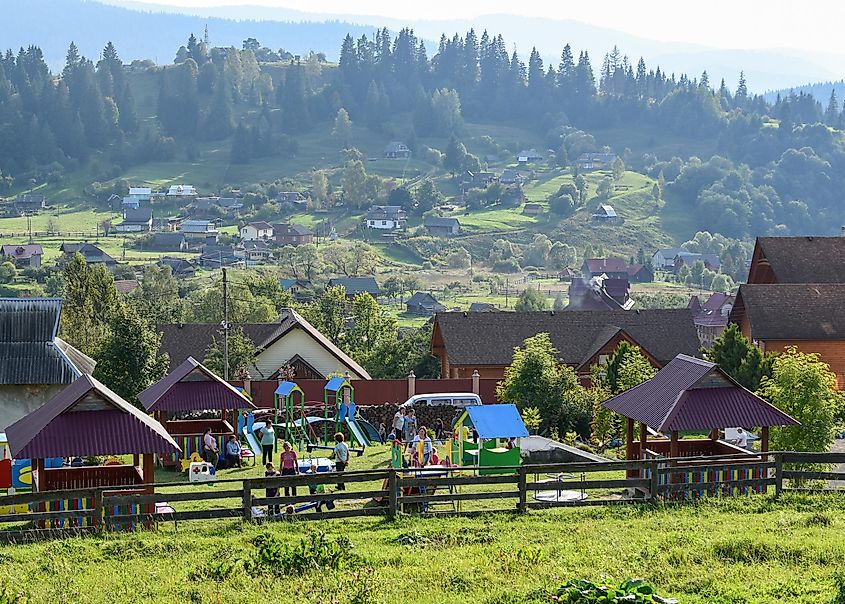
Walking towards the center along the town's linear breadth, one will witness the historical, wooden church of Hutsul wooden folk architecture from the XVII century, followed by the beautifully gold-plated grand church to the right. The postcard panorama of the valley dotted with houses, coming complete with a viadouk railroad and a mountainous backdrop opens up to the left. Still, the most glamorous scene lies ahead as the gradual descend steepens, for a vantage point overlooking the atmospheric downtown, especially under the wintertime snow cover and in holiday glow.
The ideally proportioned Church of the Nativity of the Blessed Virgin moved to Vorokhta from Yablunytsa circa 1780 is known for its wooden appeal and structure withholding of a single nail. The composition of the sanctuary has been the same for several centuries, despite weathering and warfare, as if protected by the higher powers. Set on a hill, it evokes a sense of peace, harmoniously blending into the surroundings and overlooking all of Vorokhta, the Prut River, the track, the viadouk, and the villas, back-dropped by the mountains.
The newer neighbouring sanctuary going by the same name stands out from the typical stout, short, and brought to earth "Hutsul" churches, as it proudly reaches its statuesque and slender framework into the sky with the sun-reflecting five gorgeous golden domes. Because of the traditional requirement to have only four cupolas, the church was not recognized by the Greek Catholics at first, until the design was disregarded by a, Lviv archbishop, who blessed the church as it is, and it is grand.
Many tourists are also intrigued by the beautiful stone-arched railway bridges, the viadouks from the XIX-XX centuries, holding the first railway in Vorokhta connecting Stanislav (Ivano Frankivsk) to Rakhiv in Transcarpathian. Constructed during the Austrian times, one viadouk arches over the Yaremche-Verkhovyna highway that runs through the center of Vorokhta, and the other connects the two banks of the river Prut. As one of the longest stone railway bridges in Europe, it spans 130 meters with a 65-meter breadth, in a design modeled by other nearby settlements whose own bridges were destroyed in the Second World War.
Activities In Vorokhta
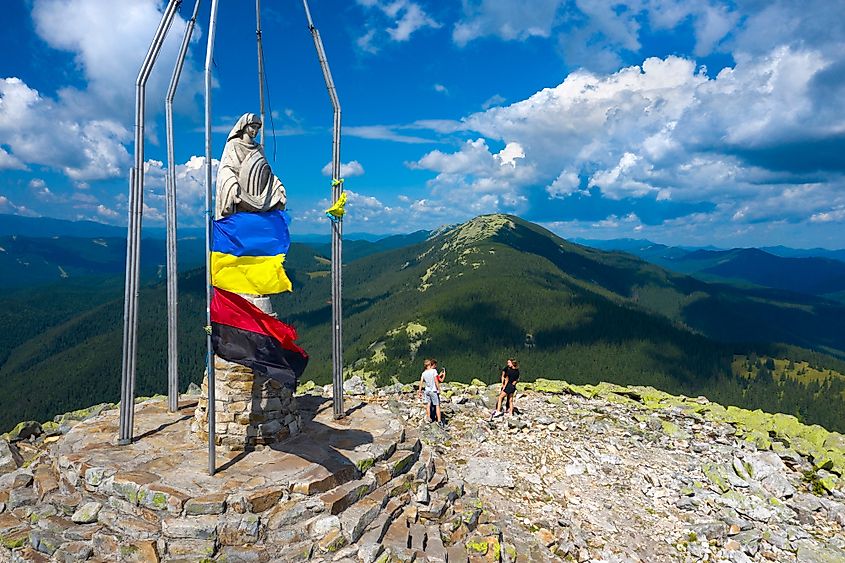
While in-town activities include Turkish baths and observing the local life along with the mountain vistas, Vorokhta acts as a base for outdoor pursuits and hikes in the region. Renowned for its day-worth longevity and enduring climbs, the iconic mountain Pip Ivan is the most scenic hike for hundreds of miles around, with transfers to the starting point at Dzembronya village from Vorokhta. The less-trying and second-to, in sights, is mountain Kostrycha, with a much closer starting point. Other activities include boating options, hiking and walking trails, biking, horseback-riding, climbing, traditional farms visits, national parks, and nature reserves.
A 20-km Verkhovyna-bound drive from the center and taking a turn into the Carpathian National Park brings one to the sports-tourist base "Zaroslyak", a start point for the three routes to the highest peak of Ukraine, Hoverla. The oldest and the largest national park in Ukraine, the Carpathian National Reserve is popular among hikers who enjoy true wilderness. Set in the mountains of the Prut River basin, the reserve comprises over 50,000 ha in varying landscapes, home to unique and endangered species, and with dozen-some, well-developed trails.
Getting There
Thanks to the growing infrastructure of the Carpathians, Vorokhta recently expanded rail routes to include major cities, along with paving the previously unpaved parts of the Vorokhta-Ivano Frankivsk highway. By car, Vorokhta is best reachable through Ivano Frankivsk, where one can take a direct highway H-09 into Tatariv and follow the sign for a left turn to enter the Vorokhta village center via a convenient asphalted road. Driving from Kyiv to Vorokhta takes about 4 hours via highway H09 and 5 hours via the T2004.
Vorokhta is accessible via a direct train ride from Kyiv, Donetsk, Odessa, Poltava, Dnipro, and Lviv, among others, which themselves are reachable from smaller cities in Ukraine as a transfer option. Bus service includes direct Ukrainian-line busses from Ivano Frankivsk to Vorokhta, Kyiv to Yaremche, or Kyiv to Bukovel. There are also international bus companies in Ukraine making the same trips.
Staying In Vorokhta
Hotel Vorokhta offers week-long tours, with accommodation, food, and all sights and activities included in one price. As the largest hotel complex in town, it comprises the most hospitable, insightful, and cheapest way to discover the town and explore nature along with over 100 km worth of region around.
War With Russia
With Russia attacking Ukraine on February 24, 2022, with daily raids and bombings of the many Ukrainian cities, many have fled into the western part of the country. Vorokhta's true character has come out with the recent unfolding of the events, including their hospitality, empathy, integral love, and devotion to their homeland, their fellow men, and women. People from around the nation whose lives are endangered come to seek refuge and, with an undetermined future, find some sense of calm in a place to gather their thought away from death and destruction.
Many know the small town of Vorokhta as a wintertime getaway for skiing and the natural beauty with spruce-infused air that can heal the most serious respiratory illness. While the historical spots and the unique Hutsul culture are also integral, it is that essence of the region and those who inhabit it that makes no local want to leave, and tourists coming back times again.
